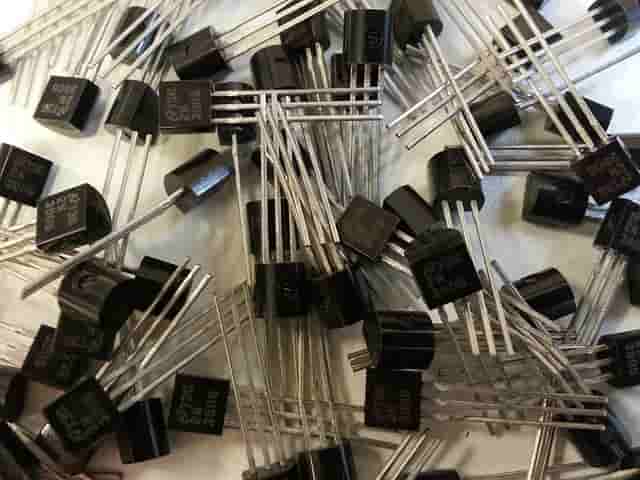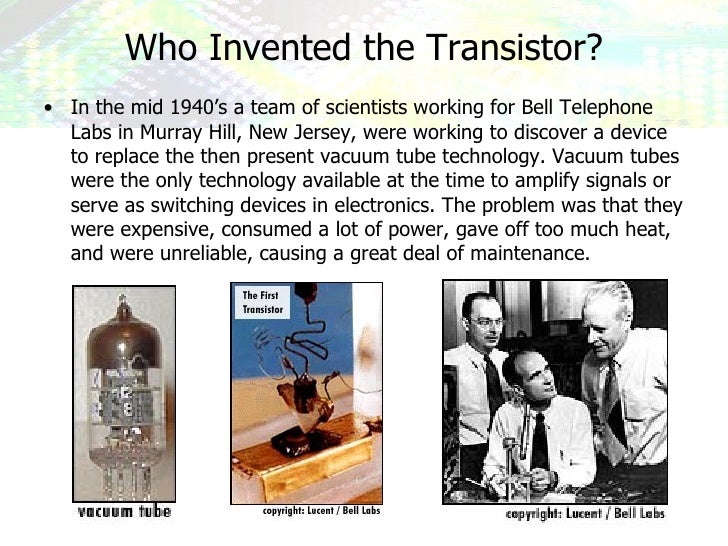

During the four years of World War I Western Electric alone produced a half million tubes for the US Army. With the tube, engineers learned they could create radios of fantastic sensitivity, send voices over tens of thousands of miles of cable, and switch ones and zeroes in microseconds. Those are the basic operations of any bit of electronics. With this new control element a circuit could amplify, oscillate and switch. In the first decade of the new century Lee de Forest inserted a grid in the tube between the anode and cathode. The circuits were electrical, not electronic. In fact, Titanic's famous SOS was broadcast using a 5 KW spark gap set manufactured by the Marconi Wireless Telegraph Company. The signals, impossibly noisy by today's standards, radiated all over the spectrum. Marconi, drawing on the work of others, particularly Nikola Tesla, used a high voltage and spark gap to induce electromagnetic waves into a coil and an antenna. Like the telephone and telegraph early radios used neither CPUs, transistors, nor vacuum tubes. The speaker's voice modulated a pack of carbon granules, changing the circuit's resistance and thus sending a signal to the receiver.Ī number of inventors soon came up with the idea of wireless transmission, codified by Guglielmo Marconi's 1896 patent and subsequent demonstrations. Though Alexander Graham Bell's 1875 invention of the telephone is universally lauded today, it was a less than practical device till Thomas Edison came up with the carbon microphone two years later.

Instantaneous transatlantic communication quickly lost its novelty. By 1851 Western Union was in business, and in the same decade Cyrus Field had connected the Old and New Worlds via a fragile cable that failed a mere three weeks after the first message was sent. Just 14 years later Samuel Morse wondered what God had wrought over a 40 mile link he strung between Washington DC and Baltimore.Ĭonsidering the primitive nature of telegraphy at the time, it's astonishing just how quickly the demand grew. It's hard to say when the electronics age started, but William Sturgeon's 1825 development of the electromagnet laid the seeds that led to Joseph Henry's crude telegraph in 1830, which was the first electrical system used to communicate over long distances (a mile). Click here to subscribe.Ħ0 years ago this month scientists at Bell Labs demonstrated the first real transistor, which is, in my opinion, the most important invention of the 20th century.
TRANSISTOR INVENTION FREE
For novel ideas about building embedded systems (both hardware and firmware), join the 40,000+ engineers who subscribe to The Embedded Muse, a free biweekly newsletter.


 0 kommentar(er)
0 kommentar(er)
